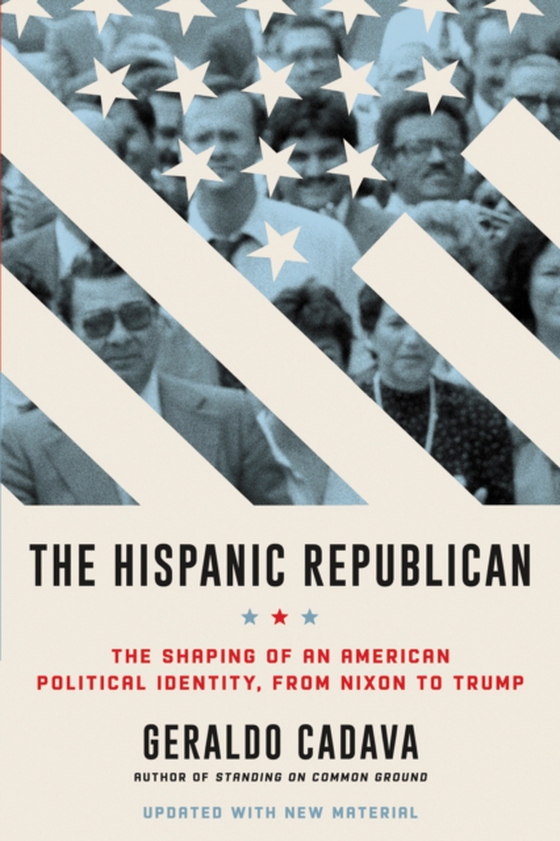
Hispanic Republican e-bog
121,58 DKK
(ekskl. moms 97,26 DKK)
An illuminating and thought-provoking history of the growth of Hispanic American Republican voters in the past half century and their surprising impact on US politics, updated with new material reflecting on the 2020 election In the lead-up to every election cycle, pundits predict that Latino Americans will overwhelmingly vote in favor of the Democratic candidate. And its trueLatino votersdotil...
E-bog
121,58 DKK
Forlag
Ecco
Udgivet
26 maj 2020
Længde
448 sider
Genrer
1KBB
Sprog
English
Format
epub
Beskyttelse
LCP
ISBN
9780062946362
An illuminating and thought-provoking history of the growth of Hispanic American Republican voters in the past half century and their surprising impact on US politics, updated with new material reflecting on the 2020 election In the lead-up to every election cycle, pundits predict that Latino Americans will overwhelmingly vote in favor of the Democratic candidate. And its trueLatino votersdotilt Democratic. Hillary Clinton won the Latino vote in a landslide, Barack Obama crushed Mitt Romney among Latino voters in his reelection, and, four years earlier, the Democratic ticket beat the McCain-Palin ticket by a margin of more than two to one. But those numbers belie a more complicated picture.Because of decades of investment and political courtship, as well as a nuanced and varied cultural identity, the Republican party has had a much longer and stronger bond with Hispanics. How is this possible for a party so associated with draconian immigration and racial policies?InThe Hispanic Republican, historian and political commentator Geraldo Cadava illuminates the history of the millions of Hispanic Republicans who, since the 1960s, have had a significant impact on national politics. Intertwining the little understood history of Hispanic Americans with a cultural study of how postWorld War II Republican politicians actively courted the Hispanic vote during the Cold War (especially Cuban migrs) and during periods of major strife in Central America (especially during Iran-Contra), Cadavaoffers insight into thecomplicated dynamic between Latino liberalism and conservatism, which, when studied together, shine a crucial light on a rapidly changing demographic that will impact American elections for years to come.
 Dansk
Dansk

